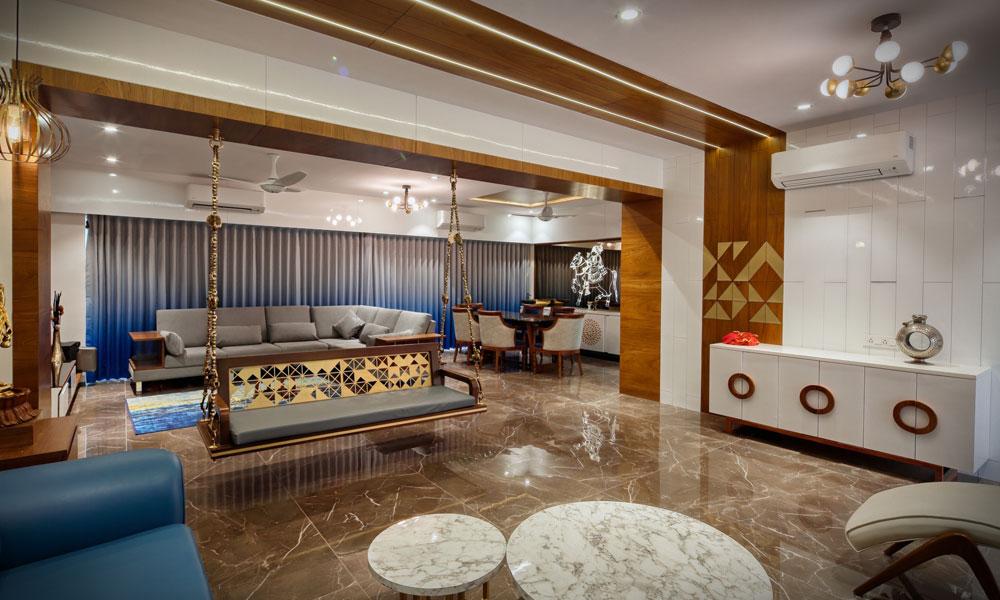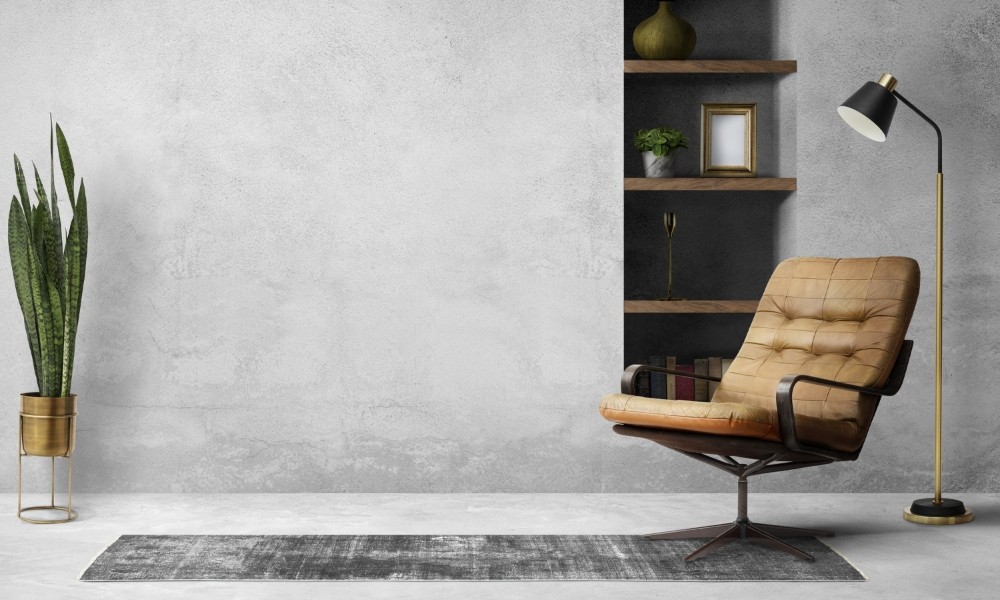When it comes to decorating our homes, color plays a significant role in setting the mood and creating an atmosphere. As humans, we have an innate response to colors, and understanding color psychology can help us make informed decisions when choosing colors for our home decor.
The Power of Colors
Colors have the ability to evoke emotions, affect our moods, and even influence our behavior. Different colors have different psychological effects, and by incorporating specific colors into our home decor, we can create spaces that promote relaxation, productivity, or social interaction.
Warm Colors
Warm colors such as red, orange, and yellow are known for their energetic and stimulating properties. These colors are perfect for spaces where you want to encourage activity and social interaction, such as the living room or dining area. Red, in particular, is associated with passion and can be used as an accent color to create a focal point in a room.
Cool Colors
Cool colors like blue, green, and purple have a calming and soothing effect. They are ideal for spaces where you want to promote relaxation and tranquility, such as the bedroom or bathroom. Blue is often associated with serenity and is known to reduce stress, making it a popular choice for bedrooms.
Neutral Colors

Neutral colors such as white, gray, and beige provide a versatile and timeless backdrop for any home decor style. These colors create a sense of balance and are often used as a base color to enhance other colors in a room. Neutral colors also give a clean and sophisticated look to any space, making them a popular choice for modern and minimalist designs.
Accent Colors
Accent colors are used to add visual interest and create focal points in a room. These colors can be bolder and more vibrant compared to the main color palette. When choosing accent colors, it’s essential to consider the desired effect. For example, a bright yellow accent can add energy, while a deep purple accent can create a sense of luxury and elegance.
Personal Preferences
While color psychology provides us with valuable insights, it’s important to remember that personal preferences also play a significant role in choosing colors for home decor. Everyone has different associations and emotional responses to colors, so it’s essential to select colors that resonate with you and create a space that reflects your personality and style.
Color psychology in home decor is a powerful tool that can help us create spaces that not only look visually appealing but also evoke the desired emotions and moods. By understanding the psychological effects of different colors, we can choose colors that enhance our well-being and create a harmonious atmosphere in our homes.










